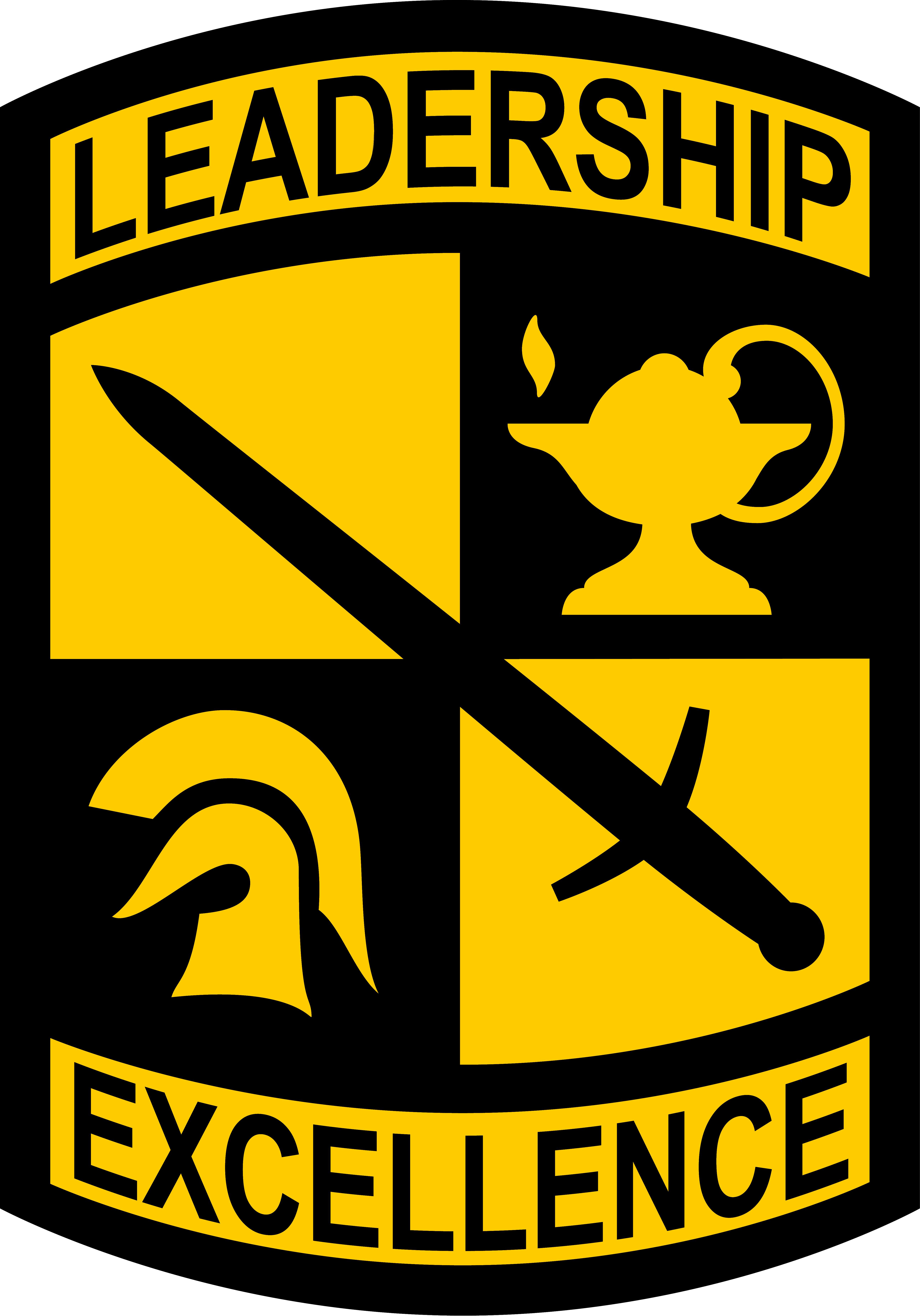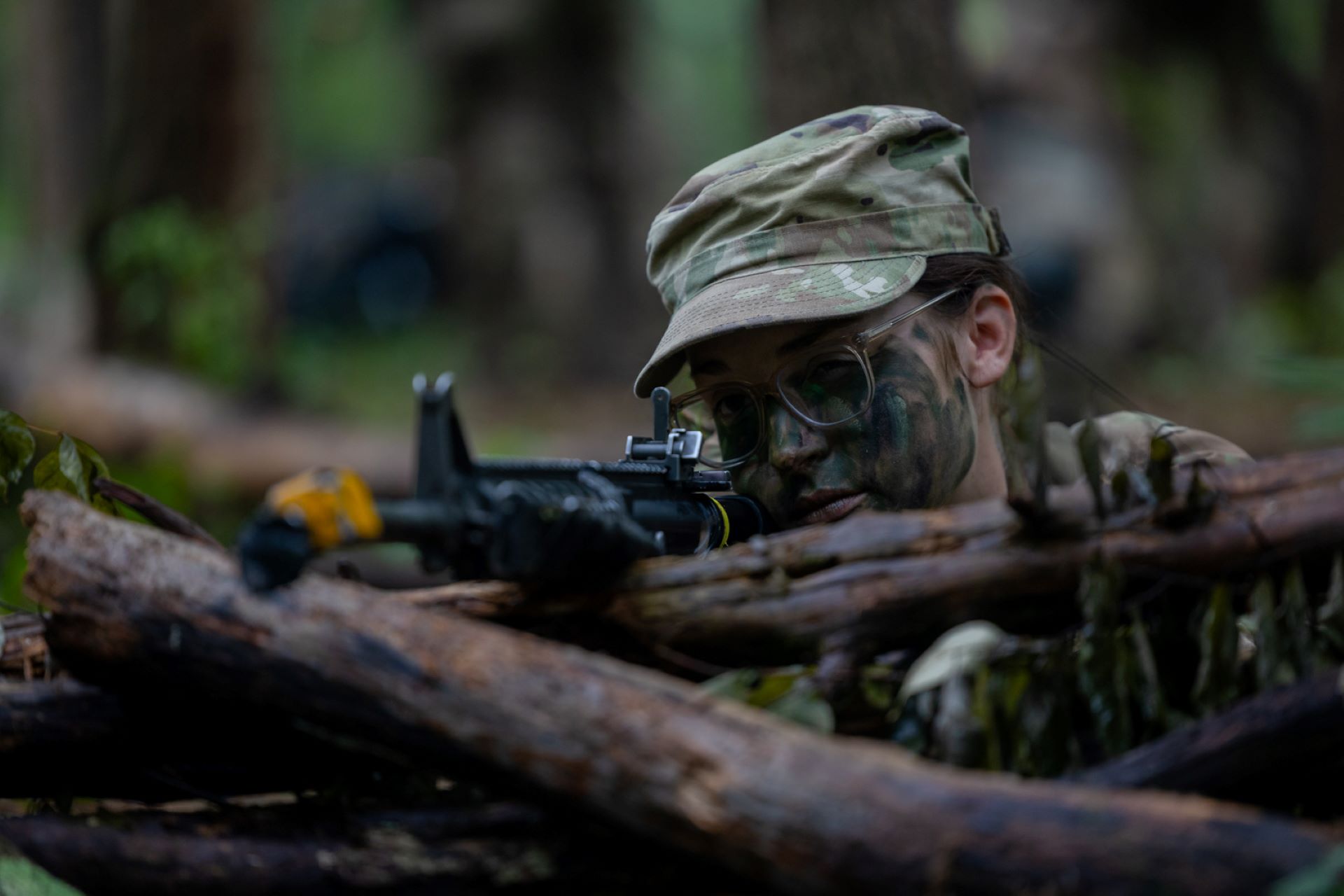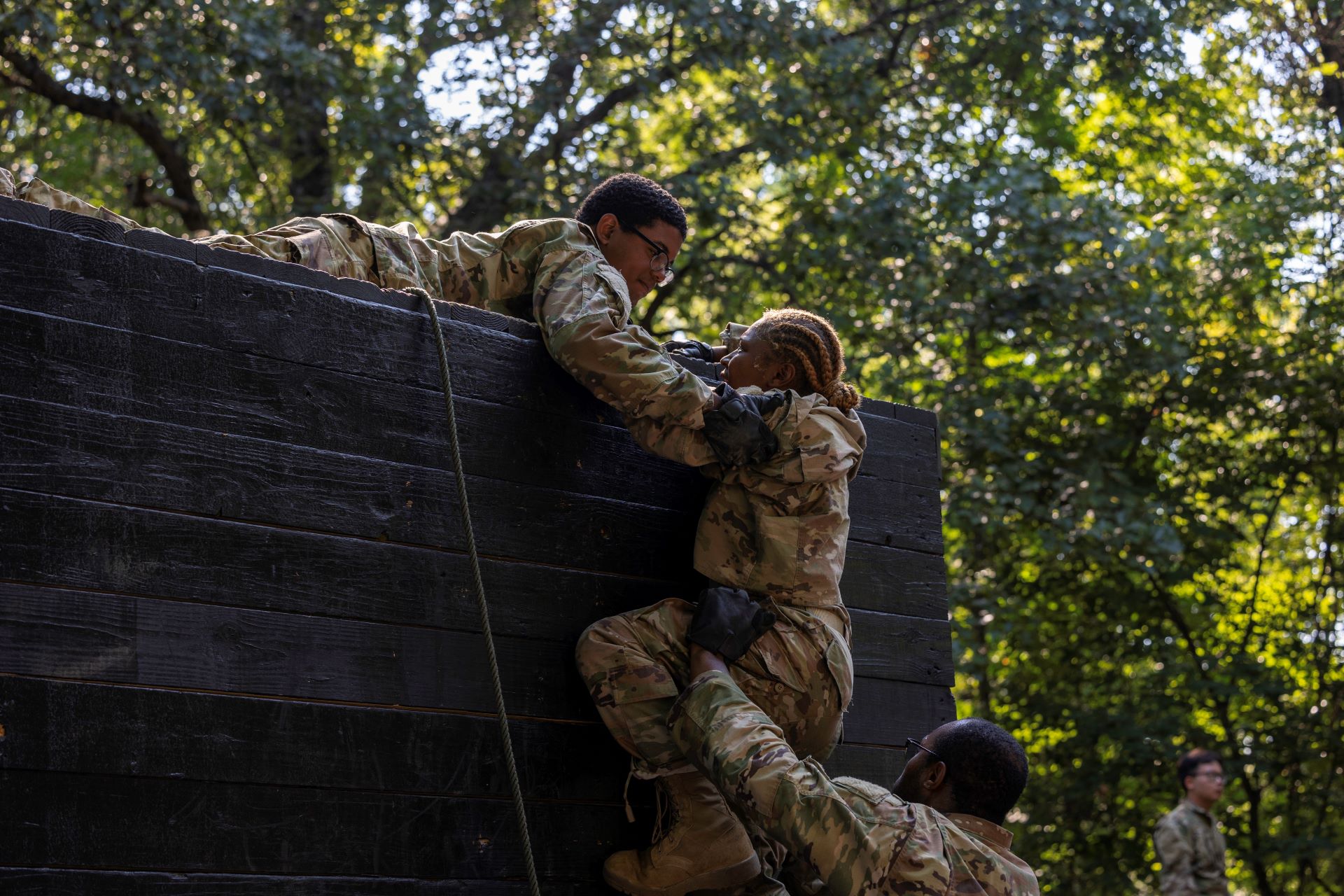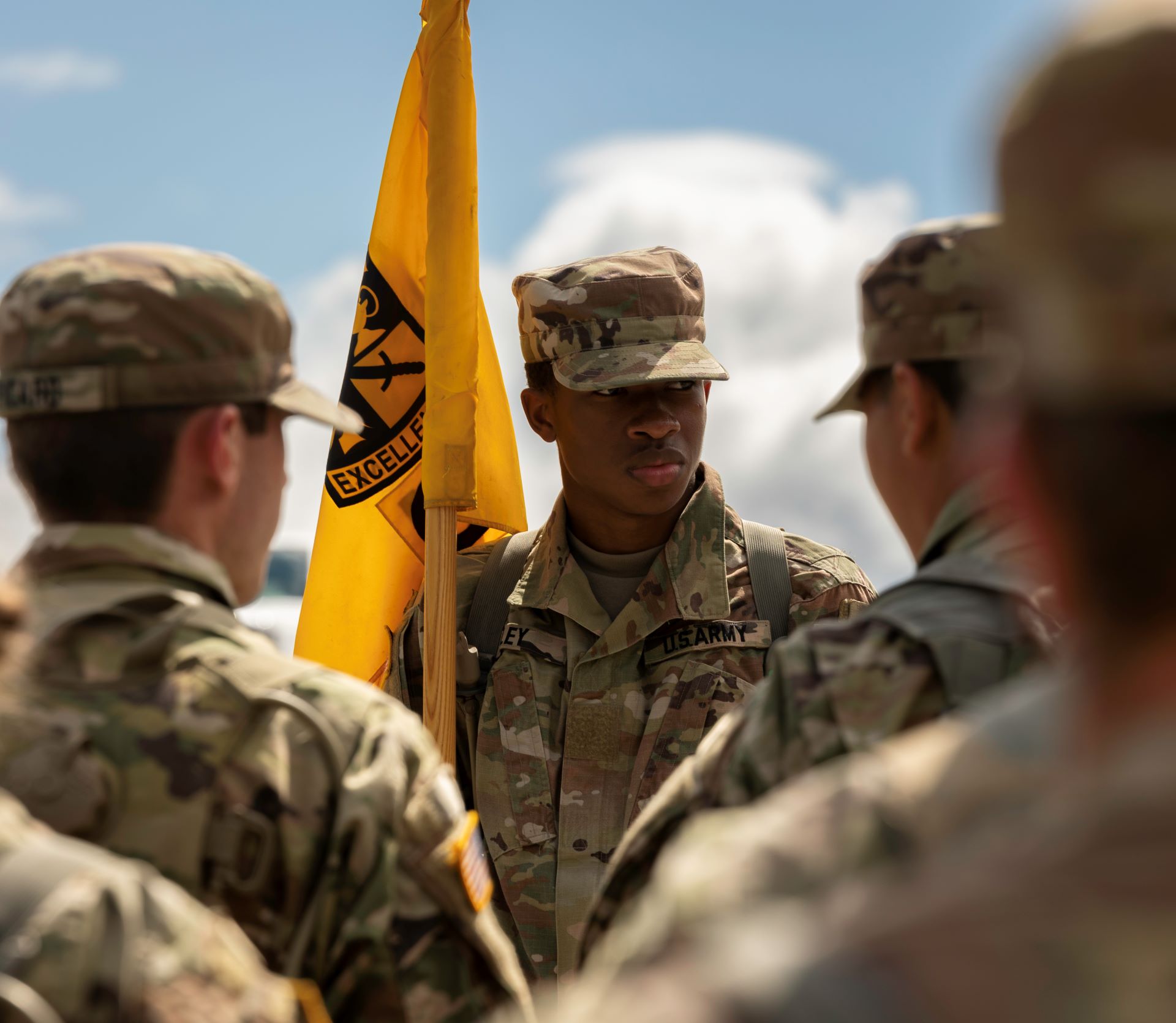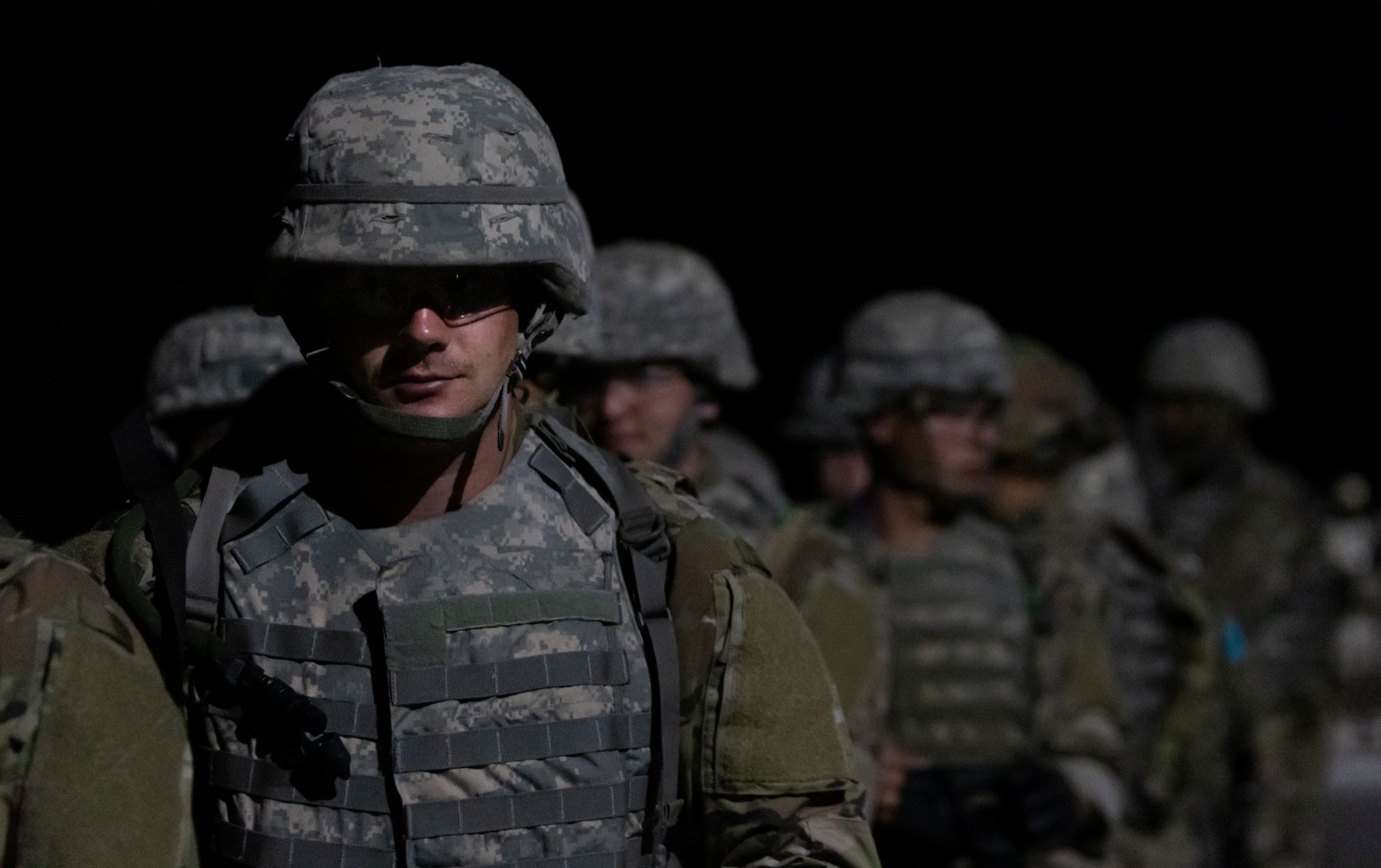With Cadet Summer Training (CST) 2024 drawing to a close and over 7,000 Cadets Army Reserve Officer Training Corps (ROTC) Cadets newly graduated and ready to depart, it’s time to review some of the highlights from Advanced and Basic Camp.
From the day of arrival, Cadets were prepared to tackle every obstacle and showcase their abilities learned from over 900 universities across the country.
“What CST does is provide an environment that is challenging to point beyond what these Cadets have done before both physically and mentally,” said Brig. Gen Steven M. King, the Deputy Commanding General of the U.S. Army Cadet Command. “These Cadets, they’ve done the research and to see them so motivated to reach those goals was amazing.”
Advanced Camp:
Shortly after arrival, Cadets faced their first challenge of the summer with the Army Combat Fitness Test (ACFT). This event assesses Cadets on their physical fitness, ensuring they are up to Army standard.
“You need to be respected by your peers, and the ACFT is a way we can prove we can keep up with them in a physical sense, like when you are in the field,” said Cadet Marie Sweeney, Boston College, Mass. “Our fitness correlates to all aspects of what we do, in the sense that you can worry about tactics or others before yourself.”
The ACFT consists of six timed events scored out of 100 points for Cadets to complete: deadlift, standing power throw, hand release push-up, plank, sprint-drag carry, and a two-mile run.
This is the third year implementing the updated ACFT standards which led to outstanding results with a 97.4% pass rate and an average score of 516. Of the Cadets who passed, 215 scored between 590-599. Twenty three Cadets obtained a 600, 20 of those Cadets being male and three being female.
“It’s all about the mindset and believing in yourself,” said Cadet Adriana Delgado, University of Texas at San Antonio. “You have to believe that you can do it. And you definitely can. You just have to switch from a fixed mindset to a growth mindset.”
At Warrior Skills training Cadets reinforced their knowledge of fundamental soldier skills, including but not limited to, call for fire, camouflage, operating weapons systems and hand signals.
Cadets were determined to learn and reinforce these foundations,
with an overall 99.5% pass rate for the event.
Another foundational soldier skill Cadets were taught during CST was Basic Rifle Marksmanship. Introduced to the fundamentals at Preliminary Marksmanship Instruction, Cadets were able to familiarize themselves with shooting at the Engagement Skills Trainer before working on their shot grouping and zeroing their weapons.
The support system provided by Cadre helped many Cadets as they prepared for their qualifications.
“I think for people like me who aren’t confident holding a weapon and who need that help to get proficient at it, what’s been really nice at CST is that the Cadre wants you to do well during these phases,” said Cadet Lauren Hrusa from Niagara University.
In order to qualify with their M4-Carbine, Cadets had to hit a minimum of 23 out of 40 targets, which 75.1% accomplished.
Cadets sharpened their mental readiness at the Chemical, Biological, Radiological, Nuclear (CBRN) and First Aid training sites.
At the CBRN site, Cadets received instruction on how to identify and react to different types of CBRN elements if they were to be encountered in a combat environment, including how to properly don their Joint Service Lightweight Integrated Suit Technology (JSLIST) and 51 Protective Masks.
Anticipation over the culmination of this training was the focus point of excitement and anxiety for Cadets. To end their CBRN training, Cadets had to enter the confidence chamber with their protective masks properly equipped then remove it to experience the gas firsthand.
“I believe everyone should try this once, my sinuses feel great. I feel like I can breathe better than before,” said Cadet Barett Wattson from Clemson University.
At First Aid, Cadets were tested on their ability to provide lifesaving care to their fellow Soldiers in cases of medical emergency. Split into tactical lanes, Cadets had to use a radio to call for a medical evaluation, apply a tourniquet and bandaging to active wounds, perform a rescue under fire, and CPR.
As the Cadets approached the end of camp, they brought together all they had learned at the Field Training Exercises (FTX). Over the course of 12 days, Cadets processed through a crawl-walk-run model of training, culminating in the final phase where Cadets independently lead each other through simulated missions.
During these phases, Cadets rotated through leadership and other roles within the platoon, facing an assortment of tactical scenarios designed to challenge their abilities to adapt and work together under stress.
Throughout the rest of Advanced Camp, Cadets built up their teamwork and confidence through the rappel tower, Confidence Course, and Field Leader Reaction Course (FLRC), refined their practical skills during Land Navigation Testing and the Hand Grenade Assault Course (HGAC), and tested their physical limits at the battle march and shoot (BMS), 8 mile, and 12-mile marches.
“Initially, I didn’t know anyone and I wasn’t very confident,” said Cadet Luke Wilson, Texas A&M University. “They pulled me out of my shell. I trusted my people and they learned to trust me. You’re building a team by going through hardship together and that’s really what the Army is all about”
By CST’s completion, 5,445 Cadets across 10 Regiments, will have graduated from Advanced Camp. Out of those Cadets, 45 will have earned the Reconnaissance Commando (RECONDO) badge for their demonstration of superior individual performance. All will be taking back with them a greater understanding of the applied leadership skills needed to thrive in their future careers as U.S Army Officers.
Basic Camp:
Alongside Advanced Camp, 1,289 Basic Camp Cadets arrived at Fort Knox to learn the basics of the Army ROTC and our Army Values.
Not yet contracted with the Army, these Cadets spent 32 days developing their leadership and individual skills under the guidance of their Drill Sergeants. Basic Camp allows college students to enter ROTC later in their academic timeline and receive a commission in two years.
Challenges such as the Beaudion Obstacle Course, One-Rope Bridge and the Teamwork Development Course taught Cadets how to work together to cultivate each other’s strength, growing as leaders and teammates.
“You’ve got to all come together and share a single point of view in order to succeed in whatever our task is. I think it’s very valuable that we’re working on this,” said Cadet Gabriel Duran from The University of Arizona.
Another bonding experience for Cadets came from The Forest Hills Training Complex. Containing the rock wall, the Alpine Towers, and the Rudder’s Rope Course, the FHCC allowed Cadets to face their fears with their battle buddies at their side.
Witnessing Cadets gain self confidence on the high ropes course made the event a favorite for Command Sgt. Maj. Eric D. Hayes, 4th Brigade, Army ROTC, to visit.
“In the beginning you see Cadets that are anxious about getting on the four foot long,” said Hayes. “ As they progressed through the course, 50, 60, 70 feet in the air, the level of confidence in themselves was noticeably changed. By the zip line ride down at the end, nothing but smiles the whole way down.”
The Night Infiltration Course, where Cadets were crawled across rock and sand under the fire of M40 machine guns as blast pits set off controlled explosives, became a blood-pumping highlight of camp for many Cadets.
“It was just electric out there. Right from the first explosion I was like, oh shoot, let’s do this,” said Cadet Joseph Barnett, University of Mississippi. “I just started and didn’t look back. I was just so excited the whole time.”
Despite the immense mental and physical stress of undergoing such a realistic simulated combat scenario, once pushed to the end, a sense of pride and accomplishment overwhelmed the Cadets.
“It’s one of those things where you’re not exactly sure why, maybe you’re crazy, but you want to immediately do it again,” said Cadet Arianna Benavides from the University of Houston.
The rest of Basic Camp was filled with lessons on drill and ceremony, basic rifle marksmanship, land navigation, a weapons demonstration, and a two day introduction to Field Training Exercises.
To end their time here, Cadets learned about the 17 career branches of the Army at Branch Orientation, providing a deeper insight on the paths they could take if they choose to continue one in the military.
Having completed the 32 day training, the 1188 newly graduated Basic Camp Cadets across two Regiments will now return to their ROTC programs with the necessary skills and knowledge of Army Values to set them up for success at Advanced Camp.
Additional Programs:
In addition to Advanced and Basic camp, CST provided specialized training opportunities for highly qualified Cadets through the Cadet Advanced Individual Training Program (CAIT). Approximately 1,500 Cadets attended advanced military training schools to enhance their skills, including Air Assault, Airborne, Mountain Warfare, and Northern Warfare.
The CST internship program also provided an opportunity for Cadets to train in specialized fields by working with various government agencies, allowing them the chance to gain real world leadership and job experience.
“My legal internship was incredibly enriching and insightful. I gained hands-on experience which deepened my understanding and confirmed my commitment to a career in military law,” said Cadet Lauren Haefs, University of Iowa.
The Nurse Summer Training Program (NSTP) selected 180 Army ROTC Nurse Cadets from 107 different universities to perform Registered Nurse level nursing care under the supervision of an Army Nurse Corps Officer. Cadets who participated gained over 120 hours of bedside clinical hours at 20 different military hospitals in the continental United States, Alaska, Hawaii, and Germany.
“They go to a location where they can gain an understanding of how the military health care system works. Then because they’ve had exposure to it, they are uniquely set up for success at their first duty station compared to a civilian hospital where they’ve trained for academics,” said Col. Brian Weisgram, Command Staff Nurse, U.S. Army Cadet Command.
The CST Public Affairs Internship Program allowed for civilian and ROTC college students majoring in communications, journalism, photography, and social media to gain hands-on media experience. The program published more than 9,000 photos, 200 videos, 200 articles, and 1,500 social media posts, obtaining a record number of views at over 36 million.
Cadets from both the Advanced and Basic Camps were able to participate in the blood drive with the Armed Services Blood Drive Program. Over 4,000 volunteers showed up to provide for service members, veterans and their families, making the drive a great success for CST 2024.
Despite the success of CST 2024, work at Fort Knox is never finished as the leaders of Cadet Command already begin to look ahead at what they can do to make CST 2025 even greater.
“We’re always looking at feedback and ways to improve to build out an operational training environment that’s current,” said Brig. Gen. King. “We want to always provide that taste of realism for Cadets so they can take it and conceptualize what they’re stepping into in their future.”
To the upcoming juniors who will attend CST this coming summer, Brig. Gen. King had a few simple words of advice.
“Come ready. Come prepared. We really toss some hard things at you and we want you to learn how to handle that and keep pushing. Those that come ready are going to be able to accomplish it.”
